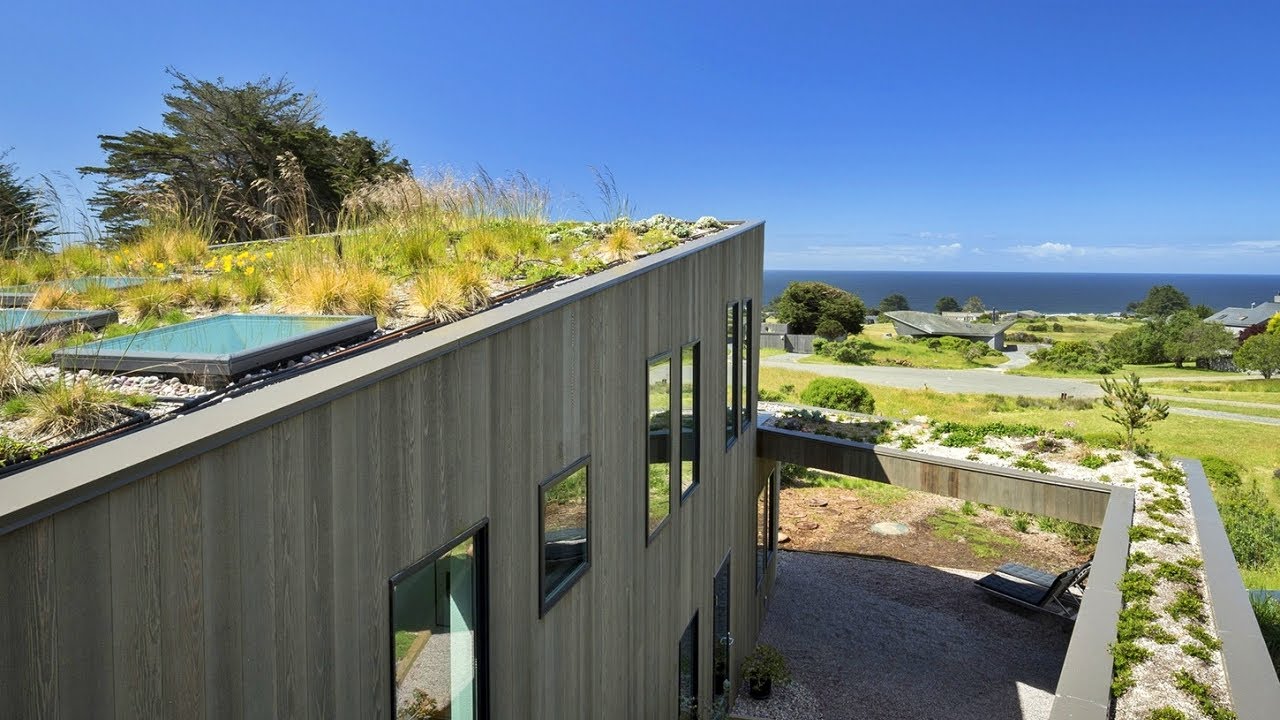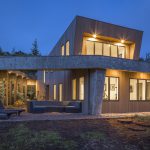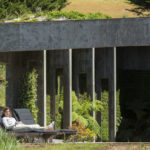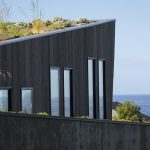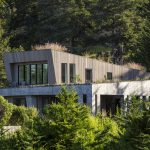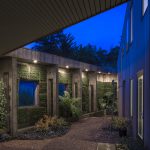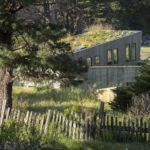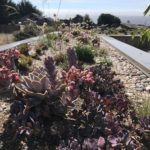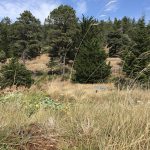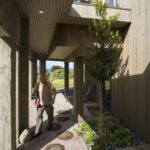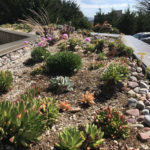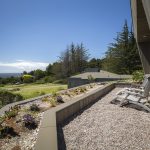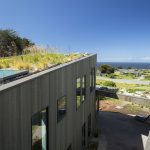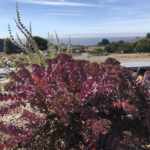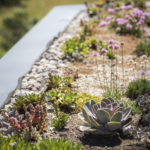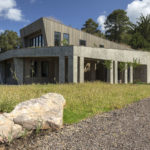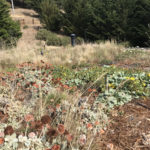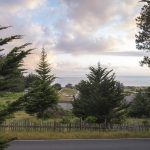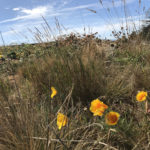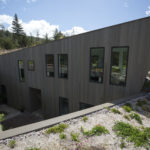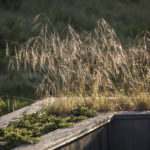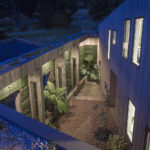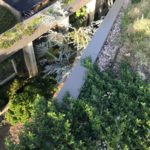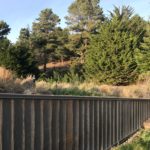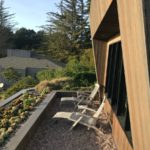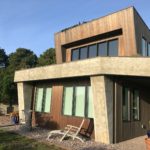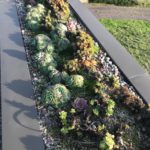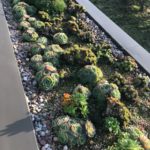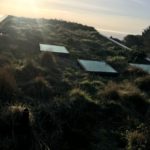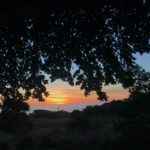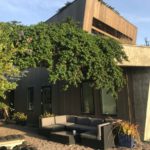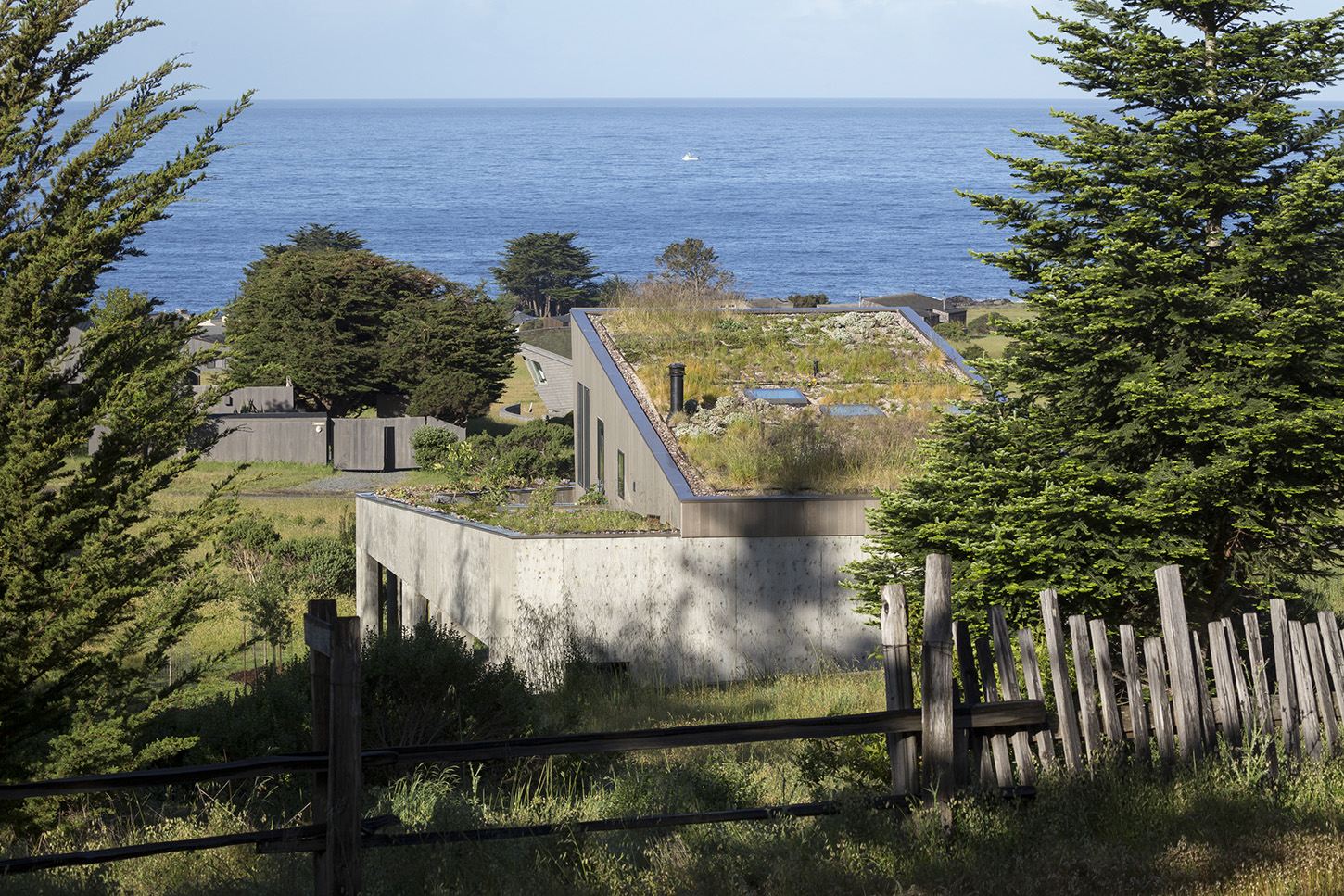
Additional Resources
For more information on the Hedgegate project, please contact Janet MacKinnon Architect, LEED AP, GPR, HERS l & ll Rater, GRP of AE Design at janet.aedesign@gmail.com and 415-286-3570.
Learn about the following companies in the Greenroofs.com Directory: rooflite and Xeroflor GmbH.
Case Studies
Video
Watch the January 12, 2021 3:17 video Hedgegate – Featured Project from Greenroofs.com on the greenroofsTV channel on YouTube; 3:17 Hedgegate – Project of the Week 10/2/17 video from Greenroofs.com on the greenroofsTV channel on YouTube.
News
January 12, 2021 Featured Project: Hedgegate by Linda Velazquez in Greenroofs.com; October 2, 2017 Greenroofs.com Project of the Week for October 2, 2017: Hedgegate by Linda Velazquez in Greenroofs.com; 2014 14 Patterns of Biophilic Design by William Browning at Terrapin Bright Green.
Hedgegate is located in Sea Ranch, west of California Highway 1 on California’s scenic north Sonoma coast. The Sea Ranch is internationally known for its distinctive architecture, the sensitivity of its land planning, and community-based stewardship of the natural environment.
Built west of Hwy 1, designated parcels on the site and structures are regulated by the Bane Bill. The Bane Bill was passed to preserve the view of the Pacific Ocean, and the California Coastal National Monument for public appreciation. The bill limits the density of development as well as the footprint and height of each structure.
The limited 1300 sq. ft. of conditioned space and the 16-ft. height above the coastal meadow enable Hedgegate to sit lightly on the land. Propogation and delivery of local native species using sodpodmods lifts the coastal meadow to the dual living roofs that help preserve the foreground view of the Pacific Ocean for thousands of travelers along Hwy 1 including hikers/bikers along the two parallel trails.
Built during a severe five-year drought, it was important to maximize use of all available water. The rainwater/stormwater from the roof, retaining wall, rain room, and driveway is collected for irrigation of the living roof and graywater is collected for irrigation of the ground landscaping. The low water demand of the 3-inch depth of the green wall, made from Sedum Mat from Sempergreen and backed by additional coir matting, is met using a closed loop, drip irrigation system, recirculating water from the Koi pond at the base of the green walls. The 300 square foot green wall has a Sedum base with additional plantings, both native and exotics.
The flora used in the Hedgegate living roofs is controlled by HOA regulations. The HOA provisions strictly limit approved species not only to California natives, but to a limited list of species specific to the local flora of the coastal meadow and coastal terrace ecological systems.
As a prototype, Hedgegate exemplifies how water systems can be integrated into a net zero home that sits lightly on the land. The owners gladly open their home that, to date (October 2017), has been toured by over 300 visitors (including architects and builders).
Each window of the main (upper) level of Hedgegate looks over the lower green roof. This has the effect of integrating the coastal meadow with the main level of the home continuing the “direct connections with the natural elements” of the ground level. This provides biophilic benefits as the senses are stimulated by “breezes, sounds, and scents” of native plants and wild quail that regularly forage the roof. (Terrapin Bright Green, 2014.)
The plants are not accessible to the deer, raccoons and gophers that significantly limit gardening on the ground. Pollinators are attracted to the roof by the blossoms of the native plants (many of which are not deer tolerant).
Elevating the coastal meadow to the living roofs allows for a greater diversity of native flora, including important pollinators that are challenged by the foraging deer and gopher populations. Access to the lower roof from the kitchen on the main-level living area provides a protected area for edible gardening.
The rainwater and graywater collection in this drought-prone location, where strict limitations on municipal water usage can reduce even a mature landscape to a limited number of the most drought tolerant species, are key to the roofs’ design. The lower living roof helps preserve the foreground and enhance the coastal view; not only by the plantings, but because a railing is not required within the view line.
The living roofs at Hedgegate have a growing medium depth of 5 inches utilizing rooflite growing media with varying roof slopes between 2-10%. The modular sodpodmod propagation and delivery system is manufactured using recycled cardboard. The Enkadrain (Colbond/Bonar) drainage mat is made of recycled polypropylene with a root barrier.
The drainage system conveys the water to two 2000 gallon underground cisterns (total 4000 gallons) that provide water to irrigate the living roofs. Irrigation water that percolates through the growing media is similarly conveyed to the cisterns where the water and nutrients are available to be reapplied to the roof.
Drip irrigation (DIG Corporation) is necessary and uses internet accessible Rachio smart sprinkler controller and moisture sensors. The moisture sensors located in each zone allow rainwater from the underground cisterns to be applied only where and when needed. The remote access sprinkler controller allows for easy monitoring and irrigation.
The GacoFlex (Gaco Western) applied roofing membrane is made of 37% recycled material. The maintenance plan includes monitoring water usage and soil moisture to maximize the benefit of stored rainwater and testing the water quality of stored rainwater before seasonal startup and monthly during use.
In September, 2017 Hedgegate won the 2017 Small Scale Residential Design Awards of Excellence from Green Roofs for Healthy Cities.
Due to the sensitive design philosophy, thousands of annual travelers on California Hwy 1 plus hikers and bikers on the parallel trails on each side of the highway experience the beautiful Hedgegate green roofs in the foreground of their view of the Pacific Ocean and the California Coastal National Monument.
 Greenroofs.comConnecting the Planet + Living Architecture
Greenroofs.comConnecting the Planet + Living Architecture
